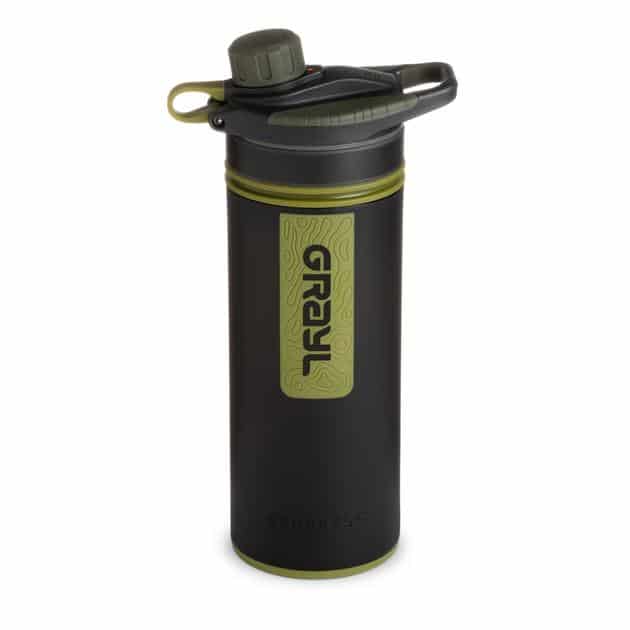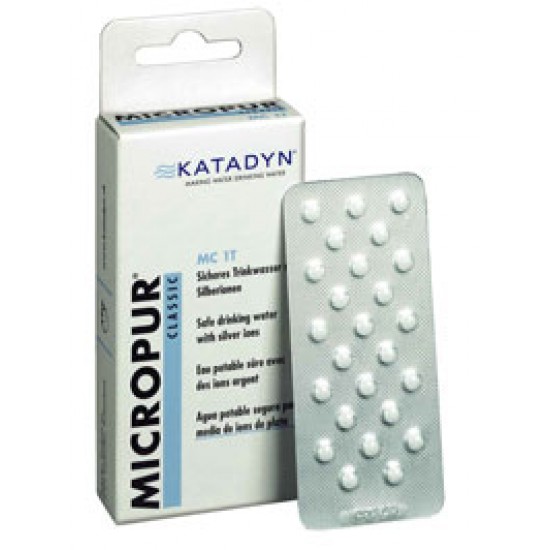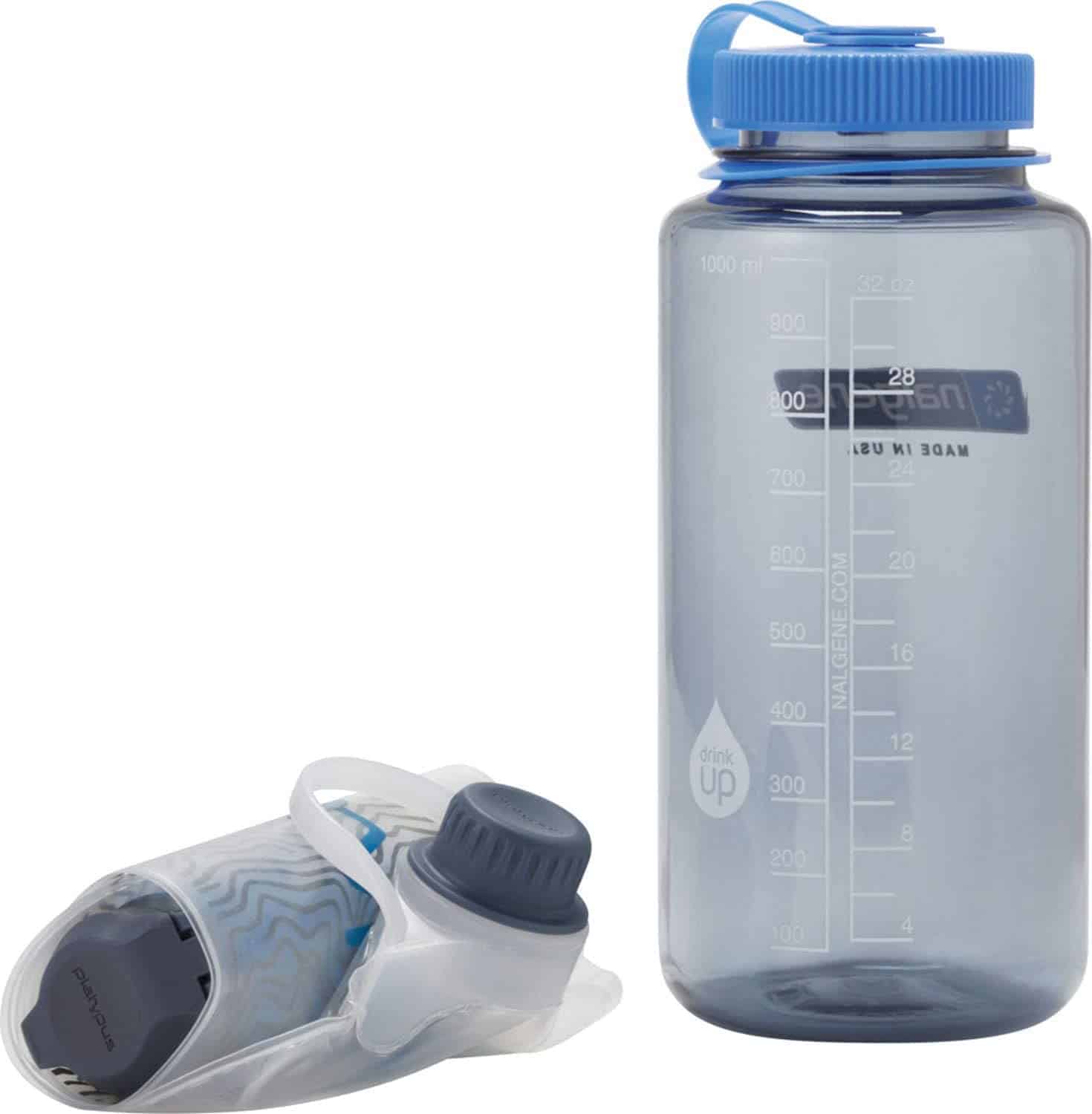Even if some people will recommend sipping directly from the stream, that will only lead to you swallowing illness-causing parasites or bacteria. Therefore, if you don’t like the feeling of camping, paddling, or backpacking for days without a portable water source, here is our list of 5 Best Water Filtration Devices:
1. Grayl Geopress:

This option deserves to be at the top of the list because it is very satisfying to use. Simply dip the outer container into a lake or stream, place the smaller capsule inside, and apply pressure to the lid. In about fifteen seconds, you’ll have 24 ounces of clean, potable water for your satisfying consumption. It also gets rid of global waterborne pathogens, pesticides, chemicals, heavy metals while improving the water’s taste, smell, and clarity.
2. Katadyn Micropur Purification Tablet:

Some backcountry travellers use these tablets since they are practically weightless and have long shelf lives, and they are amazing to use as the first line of defense.
Must Read: 5 Best Health Gadgets That Will Change Your Life
One tablet will get rid of one quart of water, therefore it is quite straightforward to work with. You can expect to wait about 15 minutes for it to dissolve and destroy most viruses and bacteria though.
3. UV Light: CrazyCap2:

With the CrazyCap2, you do not have to bother your head about the quality of water ever again because its cap is super high tech.
Must Read: 5 Best Glucose Monitors And Meters
It comes with a UV light source that activates every four hours to get rid of 99.9996 per cent of microbes and pathogens in the insulated vessel. Meaning, your drink will be free of germs at all times. Also, note that your purchase will come with a charger and a lifetime warranty.
4. Water Filter: LifeStraw:
If you wish to drink directly from a water source, this is the option to go for. This cute tube is not so big and it can filter up to 1,000 gallons of water, which is enough water to last one person 5 years.
Must Read: 10 Best Apps To Eat Healthy And Lose Weight
It doesn’t get rid of viruses or reduce chemicals, however, it definitely filters bacteria, parasites, microplastics, dirt, and silt. It also weighs less than 2 ounces and possesses a lanyard that helps you wear it around your neck.
5. Platypus QuickDraw Microfilter System:

This option comes with 0.2-micron hollow fibers that filter out bacteria and protozoa, and it provides a flow rate of up to three liters per minute. It is a brilliant system for backpacking, and it weighs just 3.3 ounces while taking up minimal room. You’ll also be able to drink straight from the filter or use it to refill your water bottles as well.
More Information On Gadgets:
A gadget is a small tool such as a machine that has a particular function, but is often thought of as a novelty. Gadgets are sometimes referred to as gizmos.
In the software industry, “Gadget” refers to computer programs that provide services without needing an independent application to be launched for each one, but instead run in an environment that manages multiple gadgets. There are several implementations based on existing software development techniques, like JavaScript, form input, and various image formats.
The earliest documented use of the term gadget in context of software engineering was in 1985 by the developers of AmigaOS, the operating system of the Amiga computers (intuition.library and also later gadtools.library).
It denotes what other technological traditions call GUI widget—a control element in graphical user interface. This naming convention remains in continuing use (as of 2008) since then.
It is not known whether other software companies are explicitly drawing on that inspiration when featuring the word in names of their technologies or simply referring to the generic meaning.
The word widget is older in this context. In the movie “Back to School” from 1986 by Alan Metter, there is a scene where an economics professor Dr. Barbay, wants to start for educational purposes a fictional company that produces “widgets: It’s a fictional product.”



